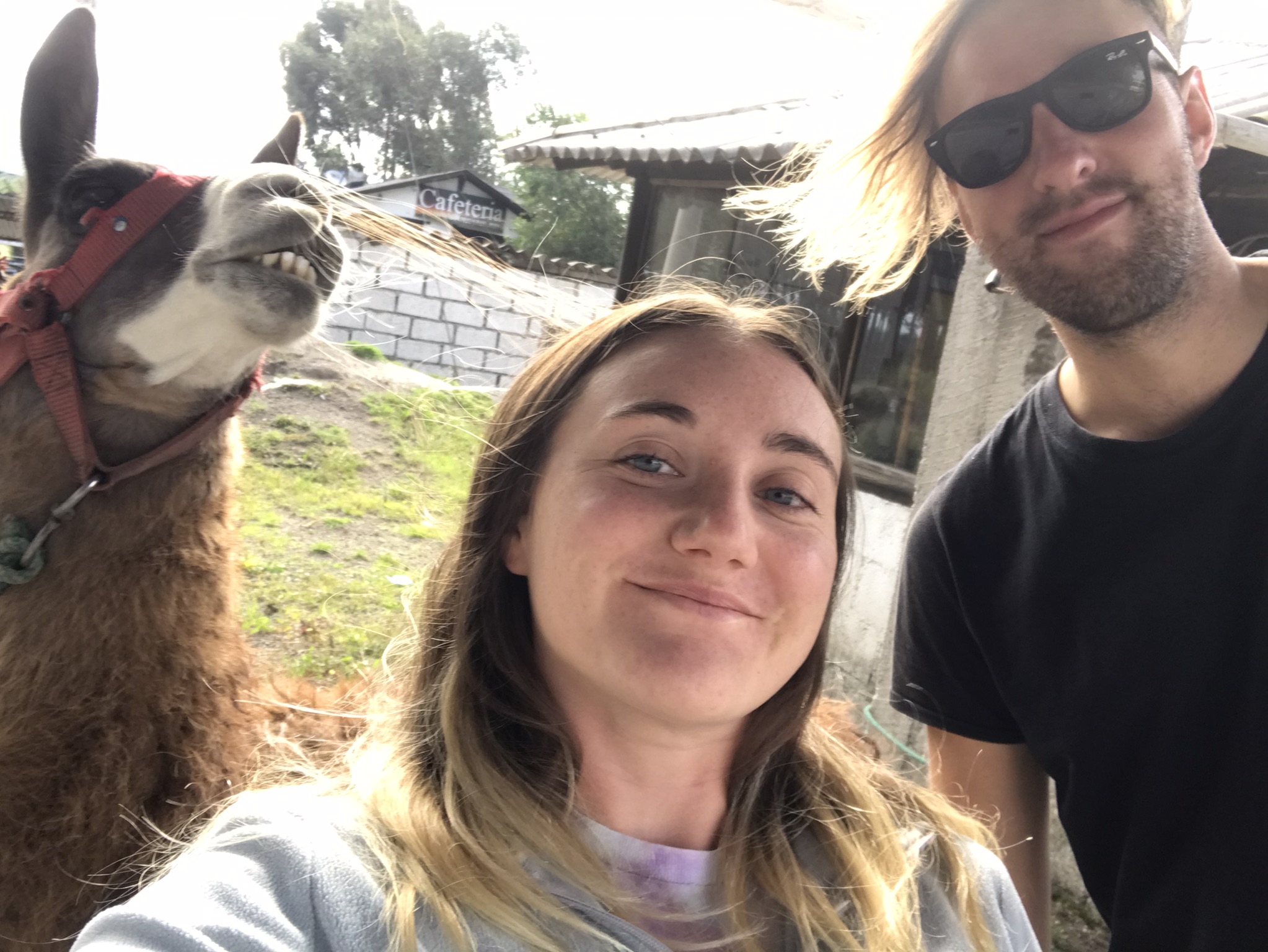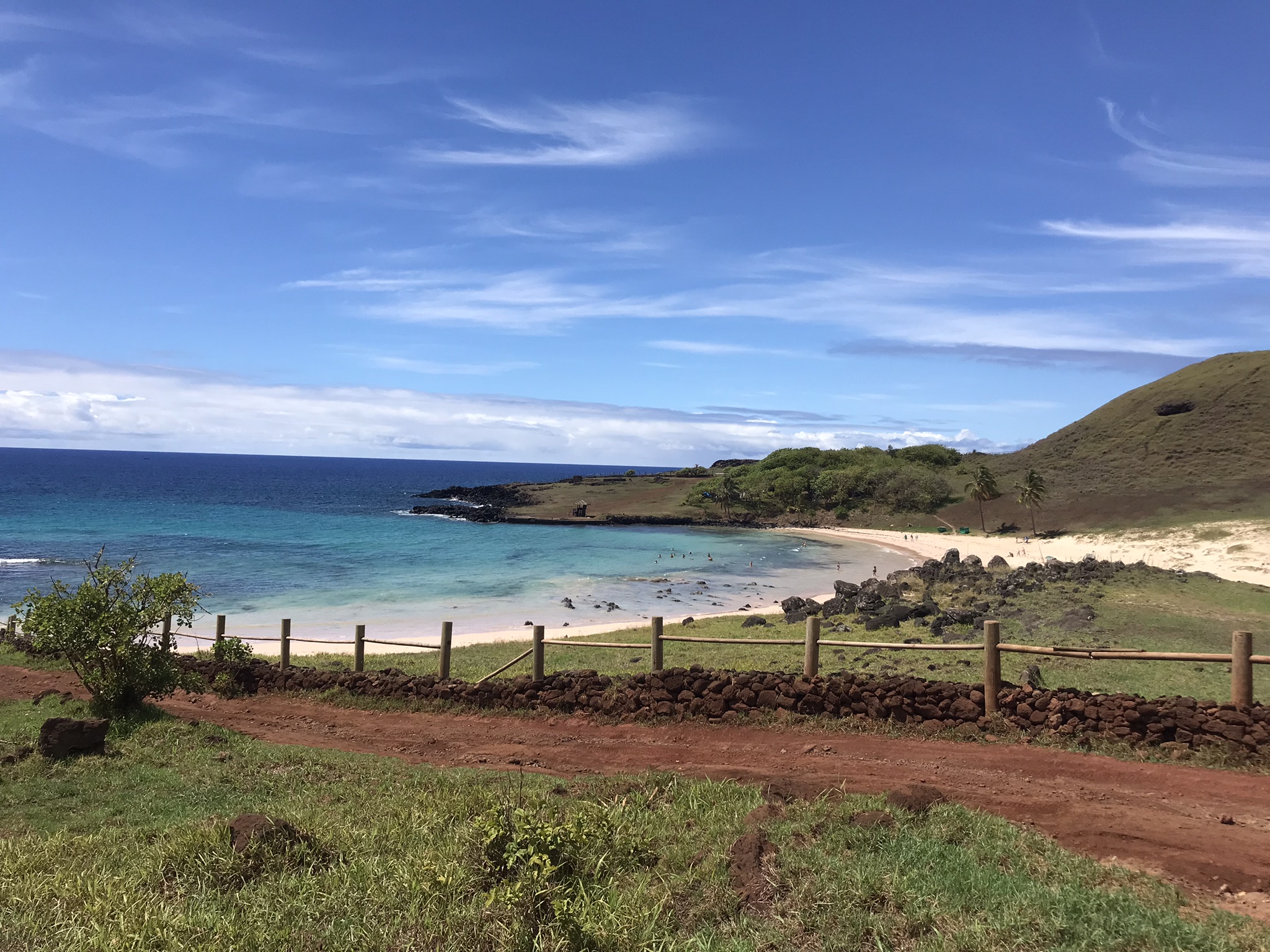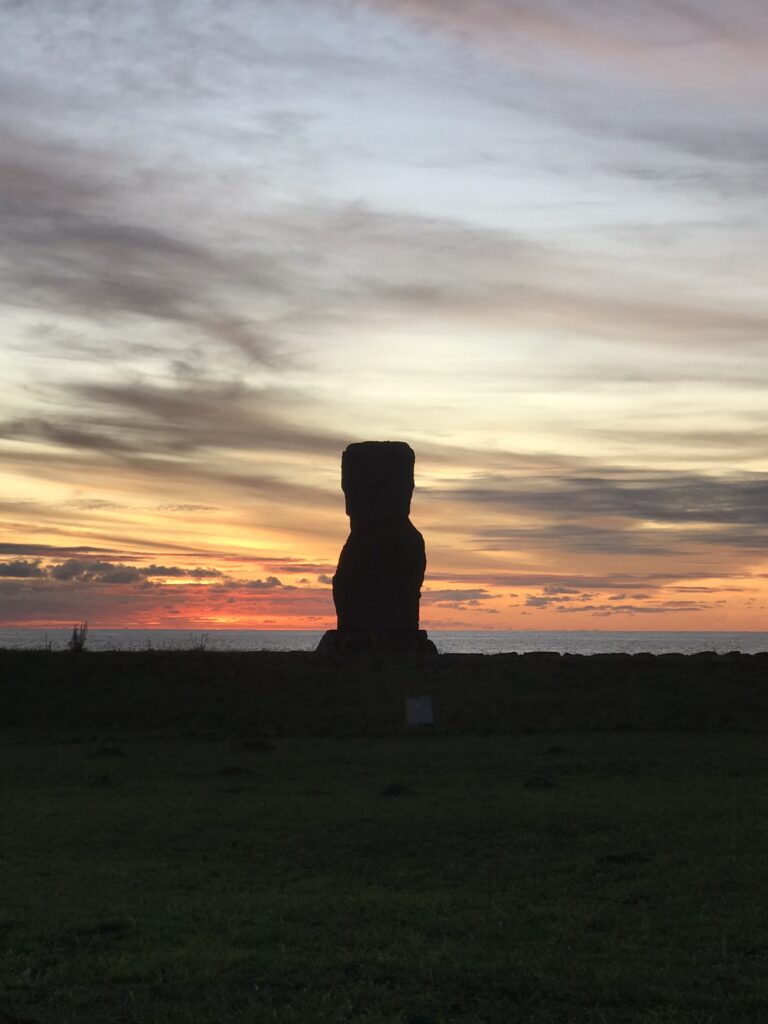
Easter Island is one of the most remote inhabited islands in the world, brimming with Polynesian culture and the unique history of the Rapa Nui people. However, visiting Easter Island is not straightforward. Flights are hard to come by and there are strict caps on visitor numbers. Most people who do make it to Easter Island book through a travel agent and pay through the teeth. And while this would definitely be the easiest way to do things if you can afford it, we were able to arrange everything independently and have the same experience for a fraction of the price. Check out my tips for visiting Easter Island below:
We found that booking the flights to Easter Island was difficult. Easter Island’s airport is the most remote in the world, the only airport from which you can fly to Easter Island is Santiago in Chile (previously there were also flights to Tahiti) and LATAM is the only airline that operates flights. There are only a few flights a week, and these are both elusive to find and notoriously difficult to book. We checked for flights online multiple times a day for a period of about a month before visiting the island, most of the flights were ridiculously expensive (i.e. £4000 or more) while very occasionally there would be flights with a regular price of around £400. Within 10 minutes of spotting these cheaper flight prices, the price would fluctuate wildly and go back to being in the thousands of pounds or just disappear completely. At one point there were tickets available for outbound flights but no return flights. It was all a bit of a minefield. In the end we spotted flights within our budget and managed to secure them using a third party website, which I would usually advise against however this was the only way that we were able to actually get any tickets at all. My best advice is to book way in advance unlike us and avoid this stress, or to use a travel agent if one can find you a cheap deal that doesn’t cost thousands of pounds. This was the most difficult flight booking process I have ever seen and I think we were lucky to get the flights that we did for around £400 return each.
The airport is really tiny, when all the passengers disembarked it was almost impossible to move in the terminal and combined with the heat it made for a sweaty experience. We couldn’t wait to head for the exit after elbowing locals and tourists out of the way to get our bags from the luggage carousel. Most hotels will arrange airport pickup with a traditional Rapa Nui welcome, however the airport is close enough to town and we walked there with our bags when leaving.
There are flights from Santiago three times a week and the flight takes about five hours. The plane arrives, fills up with people and then leaves again back to Santiago so the airport is closed most of the time. We loved the departure lounge at Hanga Roa airport, it consisted of sitting outside the terminal in the grass, sunbathing and lounging about, a perfect end to our visit!
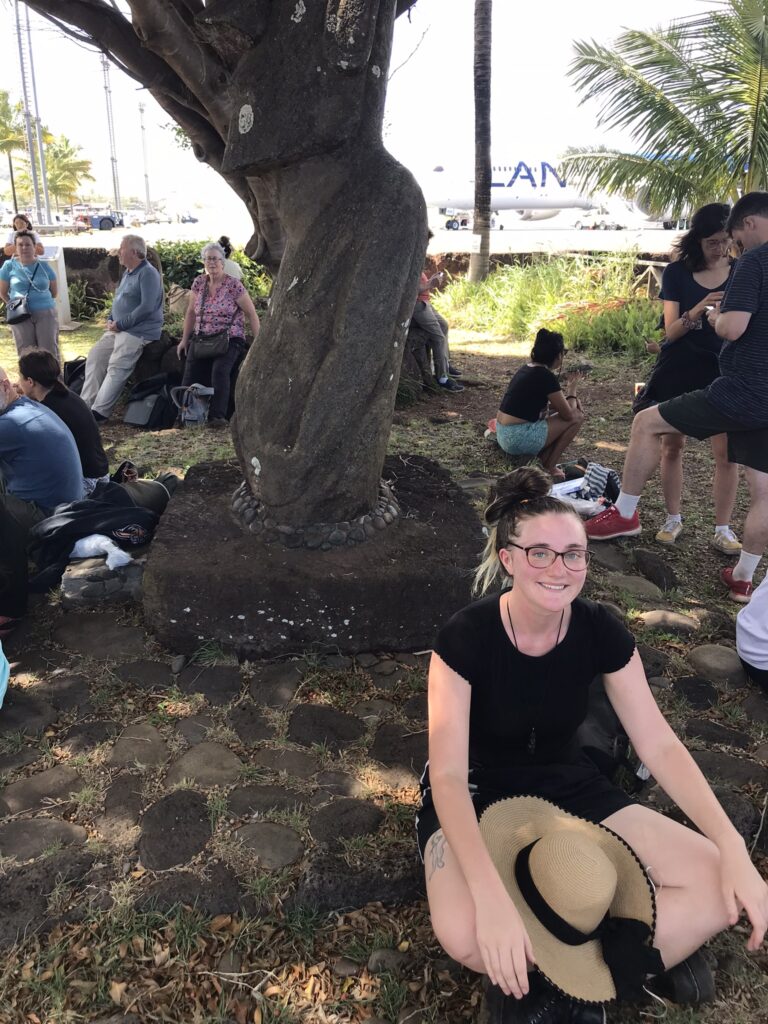
Safe to say that this departure lounge wasn’t stuffy!
You cannot visit the island’s archaeological or historical sites without a local guide, this is a non-negotiable rule that was brought in to prevent damage or vandalism to the sites. If you decide to hire a car or make your way around independently you still need a guide with you to access the sites. We learnt this the hard way, we walked all the way from Hanga Roa to Ahu Te Peu only to be turned away as we didn’t have a guide. I believe you can hire a guide at the entrance to some sites, however we decided to join a guided tour to visit most of the sites to avoid this issue.
You also need to buy Rapa Nui National Park tickets which allows access to all of the sites, you can do this online before you arrive or in Hanga Roa. Bring ID with you when entering archaeological sites as this is a requirement when showing your park ticket. The only places that you can visit freely without both a ticket and guide are the town of Hanga Roa and Anakena Beach.
Don’t touch the moai, this is obvious and if caught you’ll be fined. It’s also very disrespectful to damage the statues as the Rapa Nui view the moai as their ancestors and a symbol of their people. You are not allowed to climb on the platforms holding the statues either, the whole area surrounding the statue is part of a sacred area known as an ‘ahu’ and the no-go areas will be clearly signposted or roped off. Park rangers are situated at all of the sites across the island to keep an eye out for anyone trespassing or interfering with the maoi.
The Rapa Nui language is widely spoken on the island along with Spanish. Most locals will greet you in Rapa Nui: hello is ‘Iorana’ and thank you is ‘Maururu’
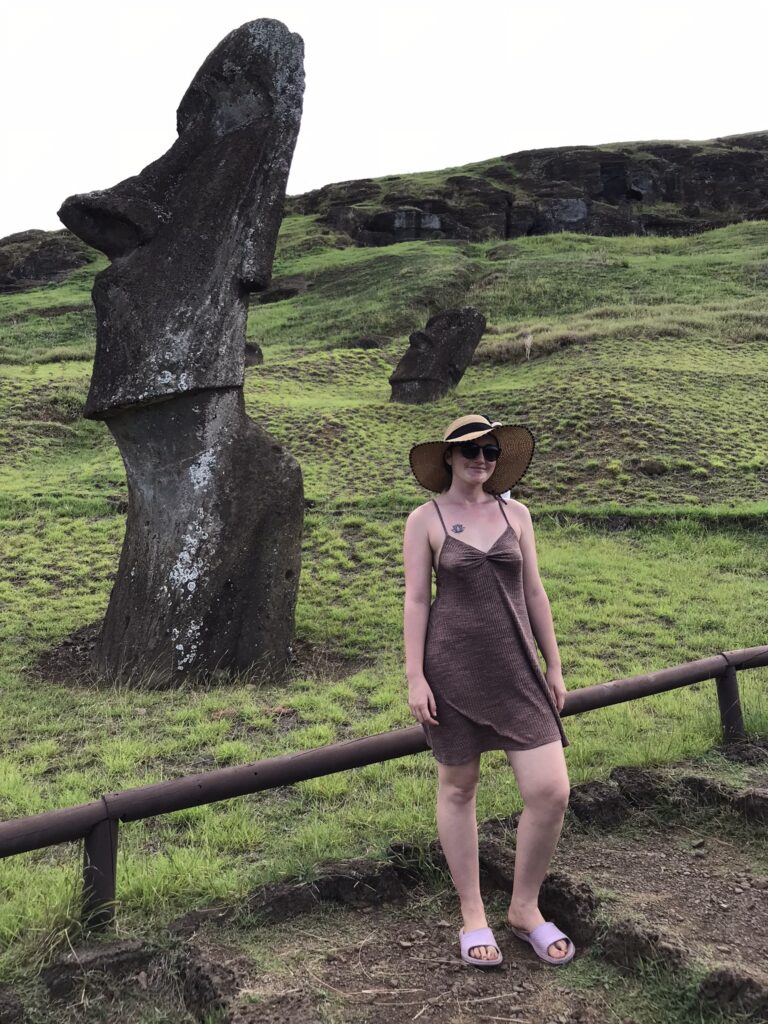
One way to save money is to bring food with you from mainland Chile to the island. We brought A LOT of food with us from Santiago; food prices for things like bread and essentials are much higher than on the mainland. If you’re looking to keep expenses to a minimum, plan your meals ahead of time and bring all the ingredients with you. We noticed that many Rapa Nui residents had huge cool boxes with them when checking into their flight in Santiago, this is a sign that you should be doing the same.
One of the biggest expenses on the island is dining out. All restaurant and supermarket prices are inflated because a lot of produce needs to be imported, so bringing your own ingredients means you can avoid eating out all of the time. Keep in mind that it’s best to find accommodation with a kitchen if you’re planning on cooking your own meals.
Recommended Easter Island activities
The following are activities that I highly recommend doing when visiting Easter Island:
Visit Museum Rapa Nui – I recommend visiting the museum first when you arrive as it provides an informative overview of Rapa Nui cultural beliefs, artifacts and rituals such as the Bird Man.
Walk along the shore towards Ahu Tahai – these are some of the only moai that are in close proximity to Hanga Roa and can be visited without a guide. A great place for sunset.
Go horse-riding in the North-West part of the island.
Check out a Kari Kari performance – you won’t be disappointed.
Take a full-day island tour and half-day Orongo tour with Rapa Nui Travel.
Relax at Anakena Beach – when you picture an island paradise, Anakena beach is exactly what you would imagine. Horses wander around aimlessly on the sand dotted with tall palm trees and wooden huts selling refreshments, all overlooked by the dignified face of the nearby moai.
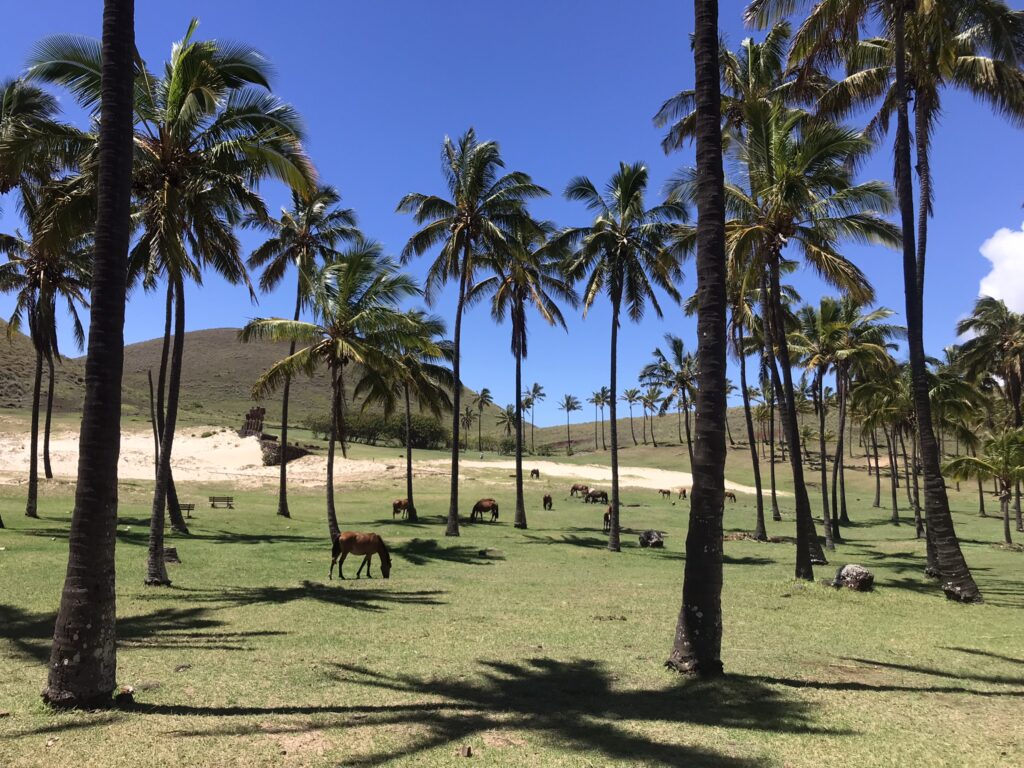
For a more detailed Easter Island itinerary, check out my other blog post here, and for more Chile content click here.
